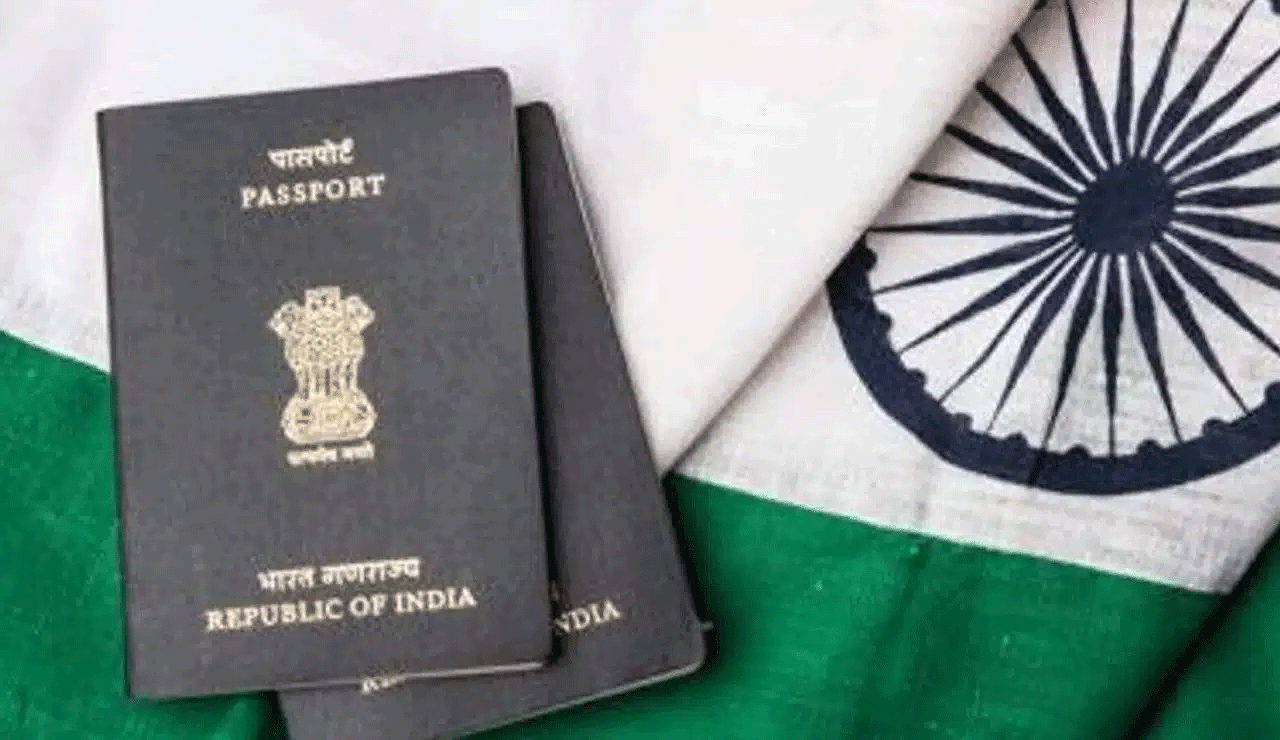Indian Passports Go Digital: What’s Gone, What’s New, What You Need
In a major step towards digital transformation and global standardization, India has officially launched its e-passport system in 2025. The modernized Indian passport introduces several changes aimed at improving security, privacy, and convenience for citizens.

New Delhi: In a major step towards digital transformation and global standardization, India has officially launched its e-passport system in 2025. The modernized Indian passport introduces several changes aimed at improving security, privacy, and convenience for citizens.
Table of Contents
These enhancements align with global best practices and showcase India’s commitment to making travel safer and more efficient for its citizens.
Key Features of the New Indian e-Passport
1. Introduction of Chip-Enabled e-Passports
India has started rolling out RFID chip-enabled e-passports in select cities such as Goa and Ranchi. These e-passports contain an embedded chip that securely stores biometric and personal data, including fingerprints and photographs.
Also Read: Shocking Crime in Kanpur: Taekwondo Player Alleges Assault, Fears Political Backlash!
Compliant with ICAO (International Civil Aviation Organization) standards, this digital upgrade aims to minimize identity theft and speed up immigration processes.
Note: Existing passport holders do not need to upgrade immediately. The e-passport will be issued during renewal or new applications.
2. Birth Certificate Mandatory for Applicants Born After October 1, 2023
Applicants born on or after October 1, 2023, must now submit a birth certificate during the passport application. The certificate must be issued by the Registrar of Births and Deaths or an officially designated authority under the Registration of Births and Deaths Act, 1969.
Those born before the mentioned date can continue using other supporting documents like Aadhaar, PAN card, or school certificates.
3. Residential Address No Longer Printed on Passport
In a move to enhance privacy, the residential address will no longer be printed on the last page of the new passport. Instead, the address will be digitally embedded and accessible only to authorized immigration officials via a scannable barcode.
4. Parent Names Removed from New Passports
A significant update is the removal of parents’ names from newly issued passports. This move acknowledges changing family dynamics and aims to simplify the application process, especially for individuals from single-parent households or non-traditional family setups.
5. Expansion of Passport Seva Kendras for Greater Accessibility
To increase access to passport services, the Indian government plans to expand the number of Post Office Passport Seva Kendras (POPSKs) from 442 to 600 by 2030. This initiative is expected to reduce processing times and make passport services more accessible, especially in rural and semi-urban areas.
India Embraces Digital Future with e-Passports
These reforms represent India’s effort to align with 21st-century digital identity standards, ensure data protection, and improve the travel experience for millions. With e-passports, India joins a growing list of countries adopting contactless, chip-enabled passports that meet global security and privacy protocols.
